Synchron, a US company, have enabled a patient with paralysis to control Apple’s Vision Pro using a brain-computer interface without needing hand gestures.
From Synchron 02/08/24
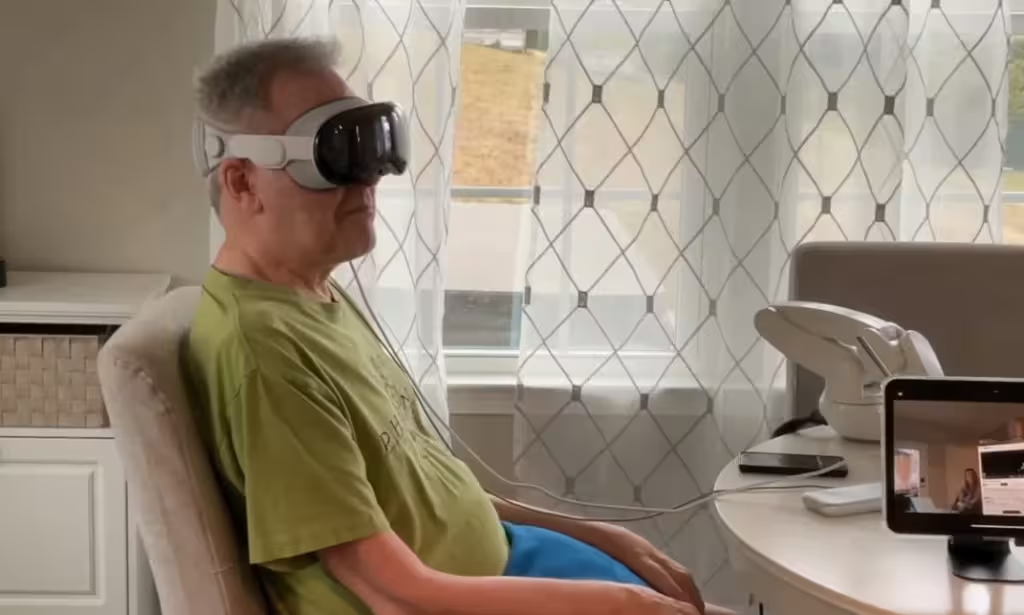
- A patient with ALS in the United States is the first person in the world to use Apple Vision Pro via an implantable brain computer interface
- Brain-controlled commands replace the need for hand gestures to enable hands-free and voice-free item selections in people with paralysis
Synchron, the brain-computer interface (BCI) company, today announced the world’s first-ever use of Apple Vision Pro by one of the patients implanted with the Synchron brain-computer interface.
Mark, a 64-year-old man with amyotrophic lateral sclerosis (ALS), successfully used his direct thoughts to control the cursor on the Apple Vision Pro when he played Solitaire, watched Apple TV, and sent text messages using the Synchron brain-computer interface, hands-free.
Mark is otherwise unable to use the Apple Vision Pro due to the loss of function of his upper limbs.
Apple Vision Pro requires hand gestures to make item selections.
“This is pretty cool, I’ve been wanting to try this for a while now,” Mark said in reaction to using his BCI to watch a video on the Vision Pro.
“It’s like watching it in the theater, it really comes to life.”
“Using this type of enhanced reality is so impactful, and I can imagine it would be for others in my position or others who have lost the ability to engage in their day-to-day life.”
“It can transport you to places you never thought you’d see or experience again.”
Apple Vision Pro is a revolutionary spatial computer that seamlessly blends digital content with the physical world while allowing users to stay present and connected to others.
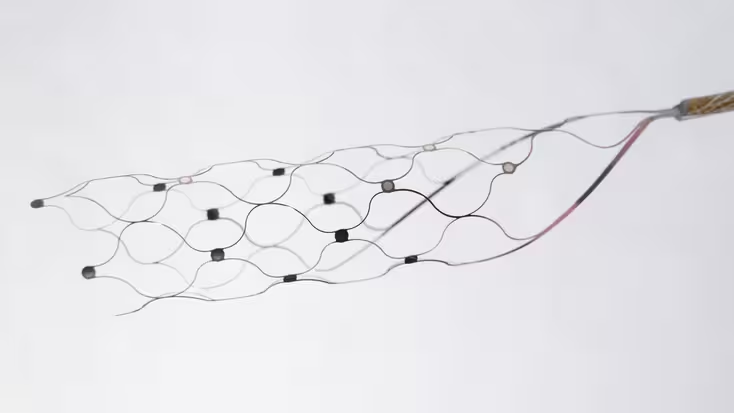
Vision Pro creates an infinite canvas for apps that scales beyond the boundaries of a traditional display and introduces a fully three-dimensional user interface controlled by the most natural and intuitive inputs possible — a user’s eyes, hands, and voice.
Synchron’s new BCI integration with Apple Vision Pro allows, for the first time, users who have lost mobility of their hands and voice to engage with the device.
The BCI system is designed to be simple to use and easy to learn.
This integration reflects Synchron’s commitment to patient-first innovation in neurotechnology.
“BCI is a platform to reconnect people with injury or disease back to the fast-moving consumer technology landscape.”
“Vision Pro is a powerful system, but it relies on the use of hand gestures to exert control over the UI.”
“We are sending control signals directly from the brain to replace the need for hand gestures,” said Tom Oxley, CEO & Founder, Synchron.
“We are moving towards a new Bluetooth standard for Human Computer Interactions that don’t require touch or speech.”
“This is a critical unmet need for millions of people with paralysis.”
The Synchron BCI is implanted in the blood vessel on the surface of the motor cortex of the brain via the jugular vein, through a minimally-invasive endovascular procedure.
Once implanted, it is designed to detect and wirelessly transmit motor intent out of the brain, intended to restore the capability for severely paralyzed people to control personal devices with hands-free point-and-click.
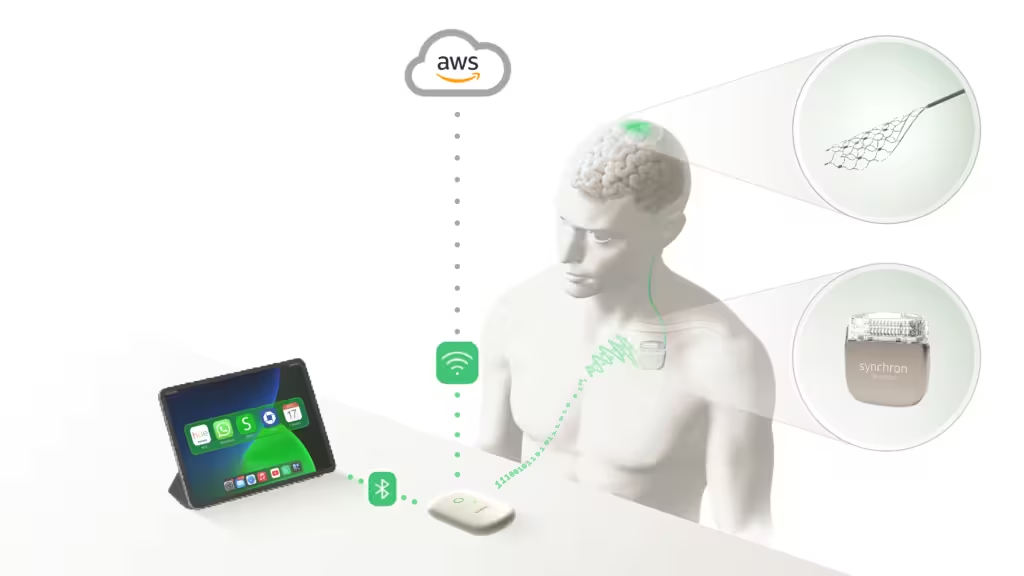
More info
https://synchronbci.com/Index.aspx
You may also be curious about:
-
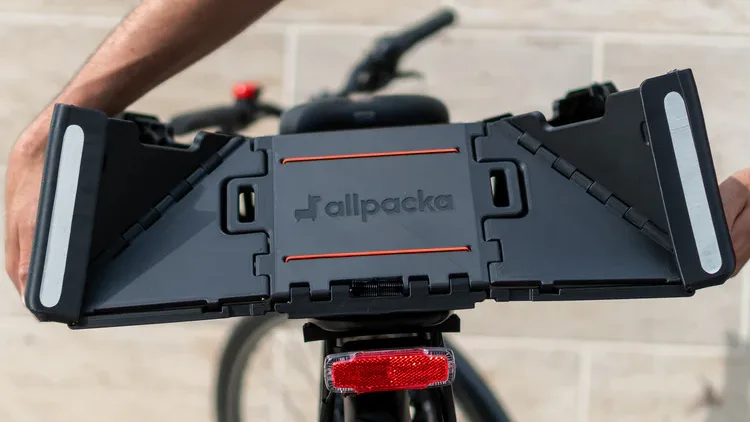
Foldable origami cargo box for bikes
-
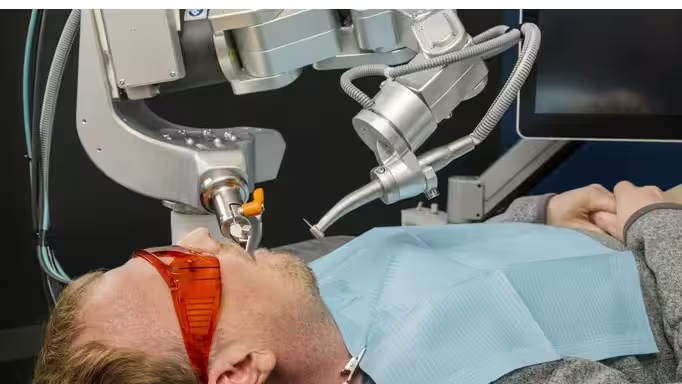
Perceptive complete world’s first fully automated dental procedure on a human
-

Names may shape facial appearance over time new study suggests
-

Scientists discover entirely new wood type that could aid carbon storage
-

Butterflies accumulate enough static electricity to attract pollen without contact
-

Abrasion emissions from trains are significant
-

Powered pants for easier hiking
-

New method uses light to clean up forever chemicals
-

Texas Heart Institute implant artificial maglev heart
-

Semi-submersible boat: Evoy and Platypus join forces
-

Parkwind achieve world-first offshore charging for electric vessels
-

Cook like a Neanderthal: Scientists learn how they ate birds
